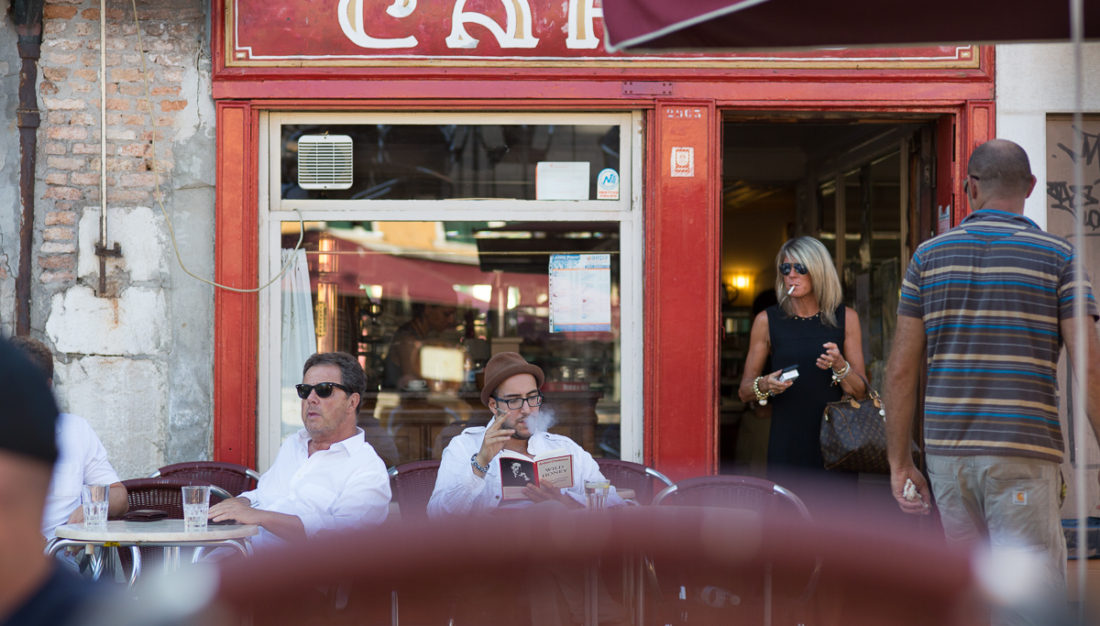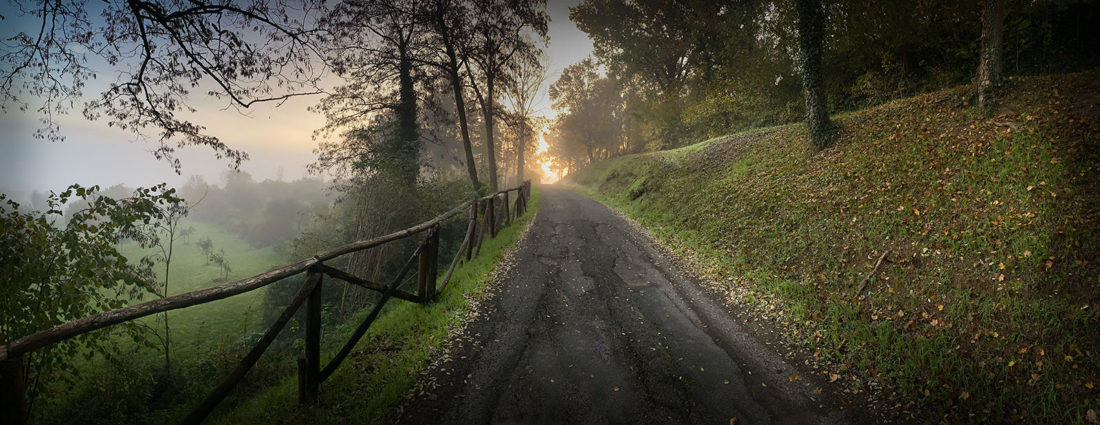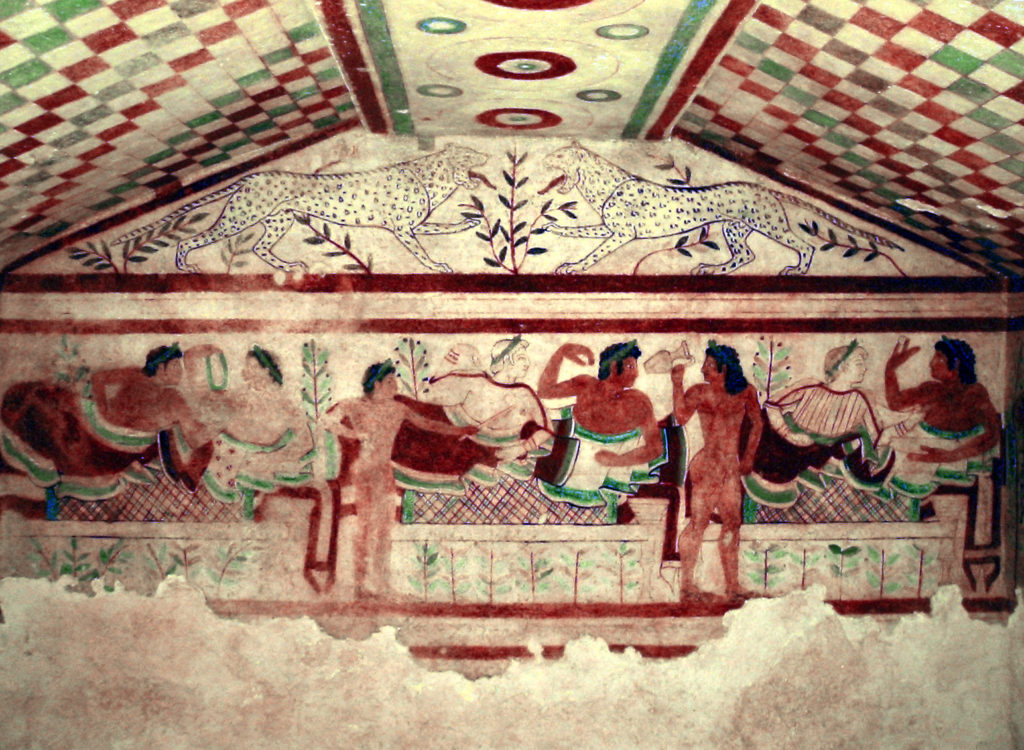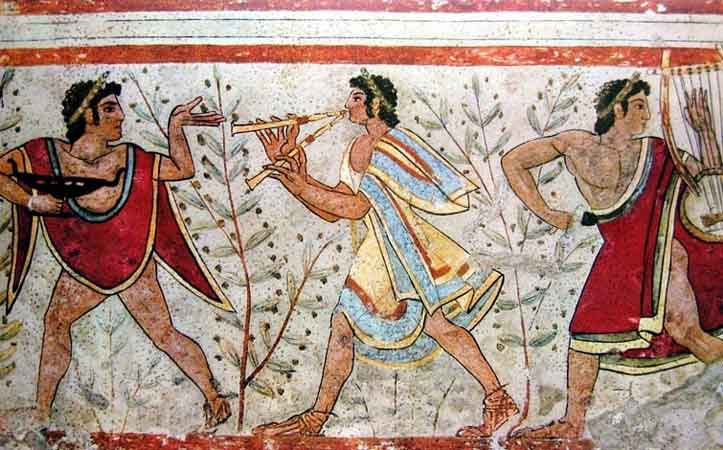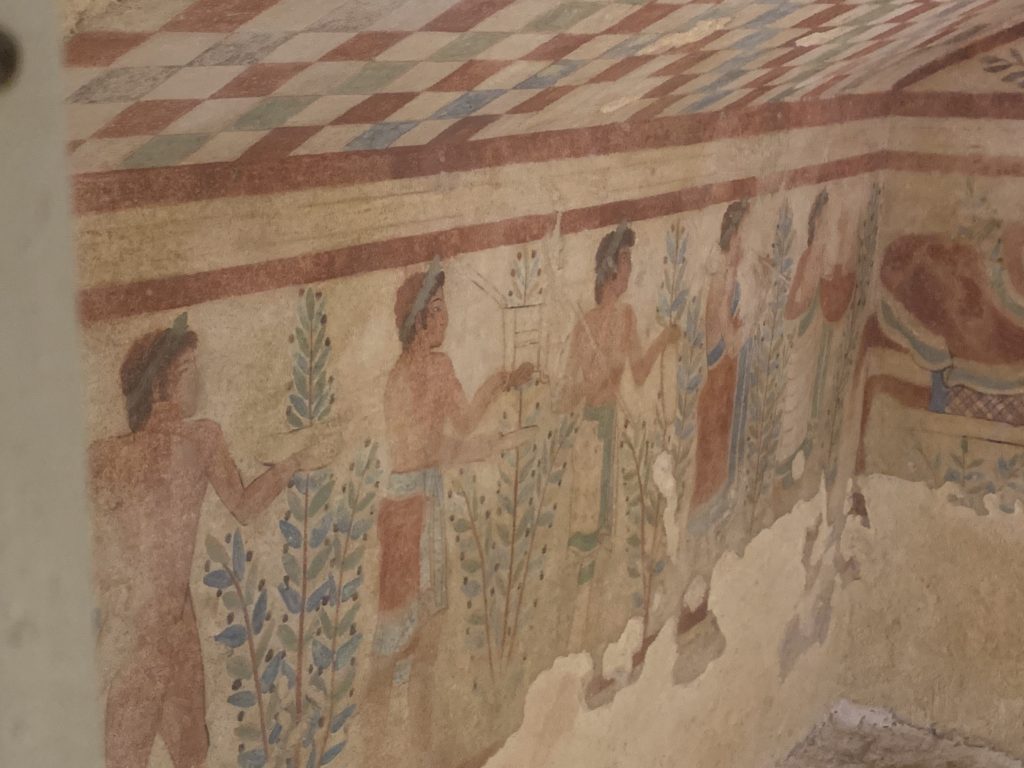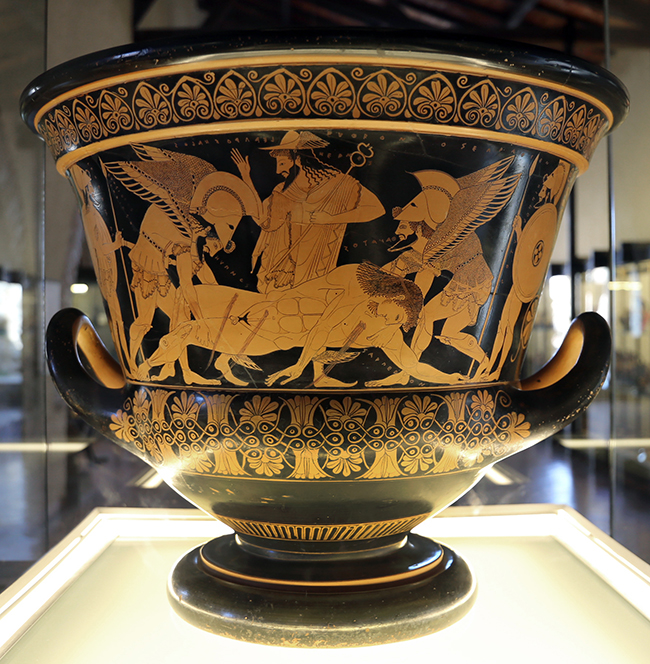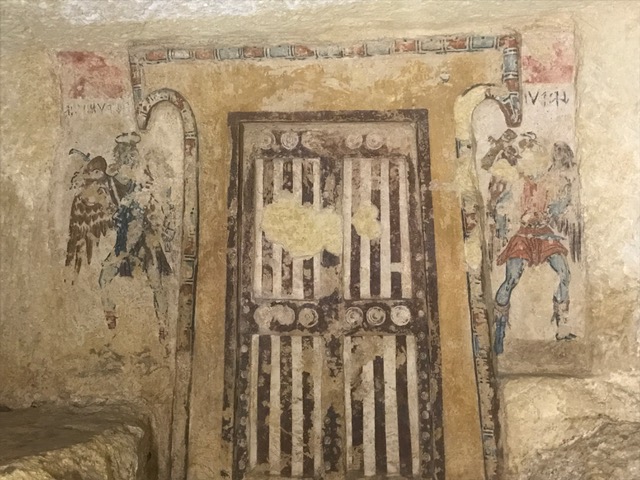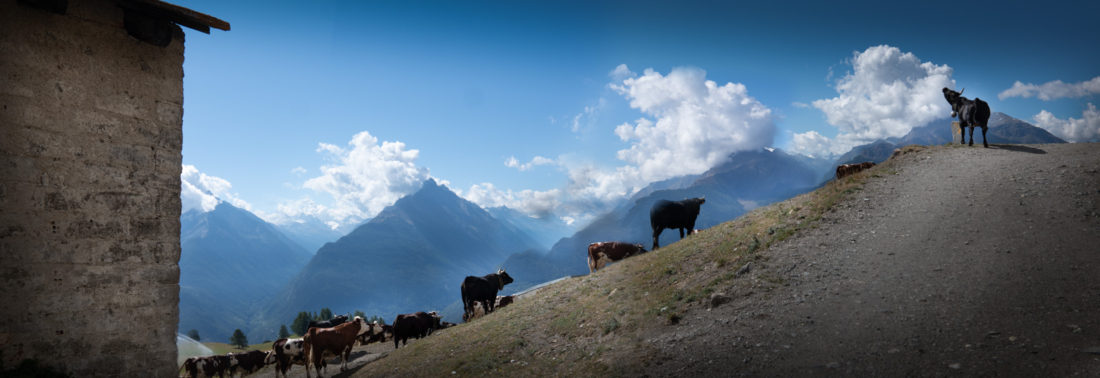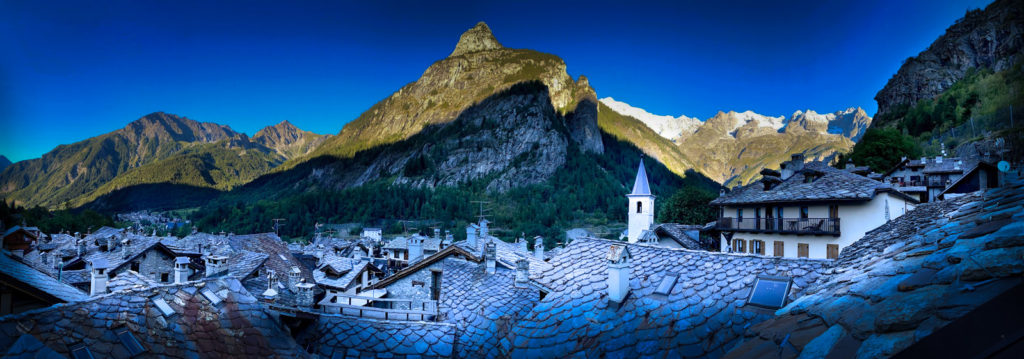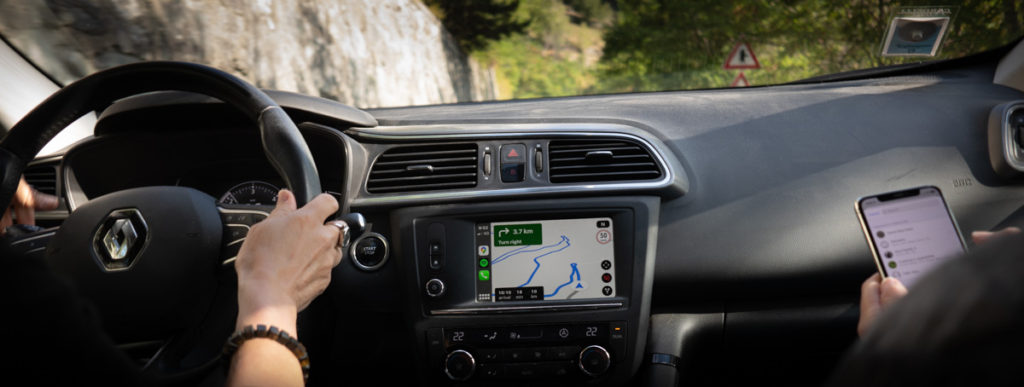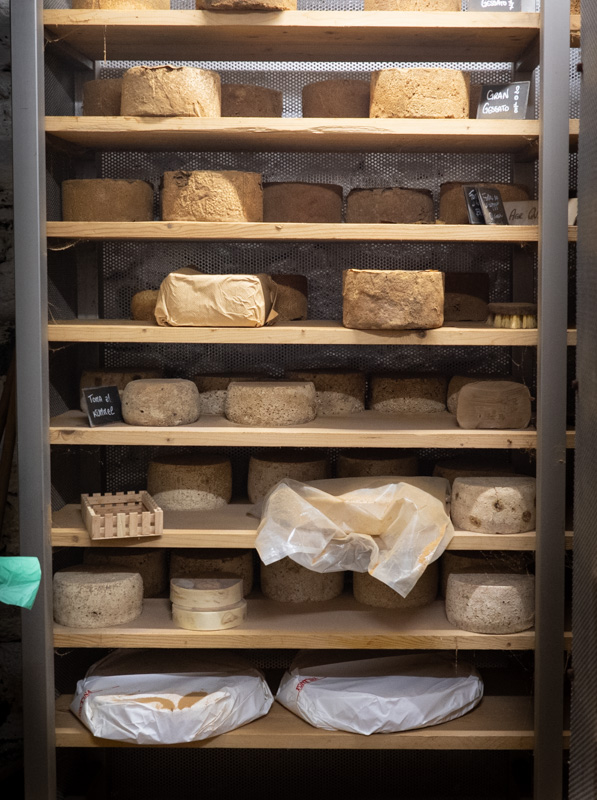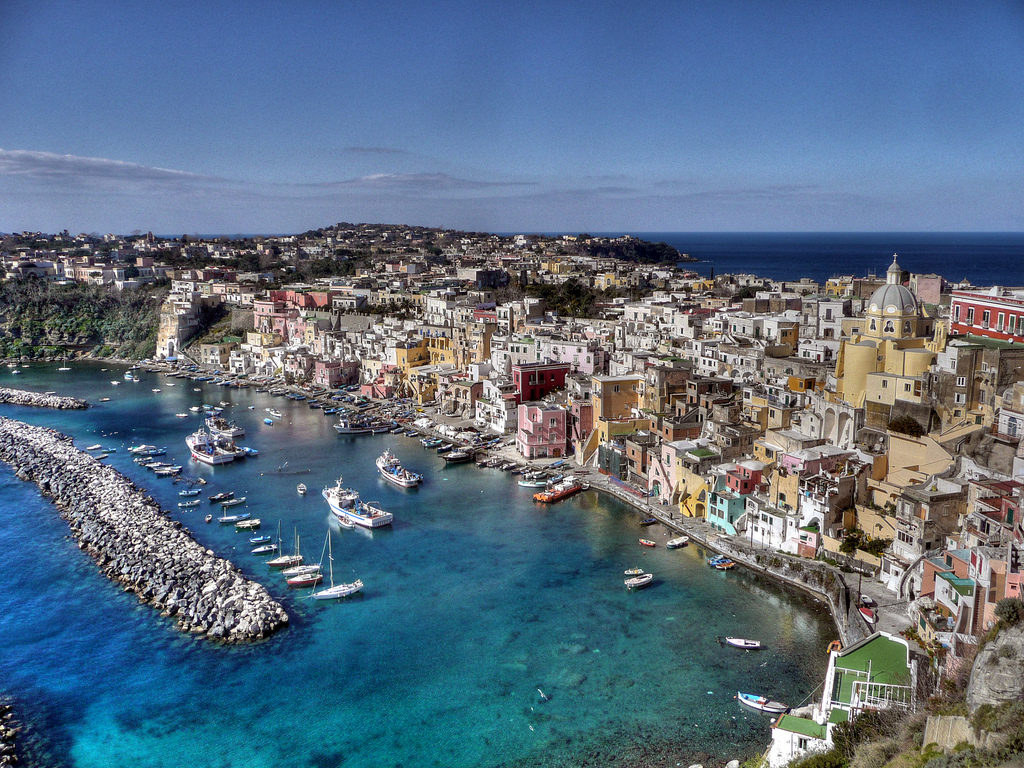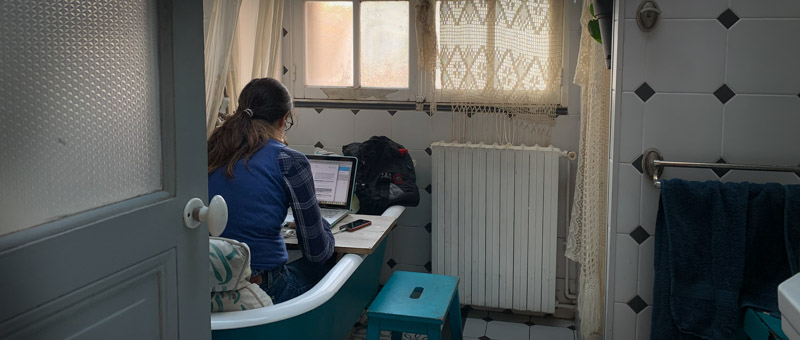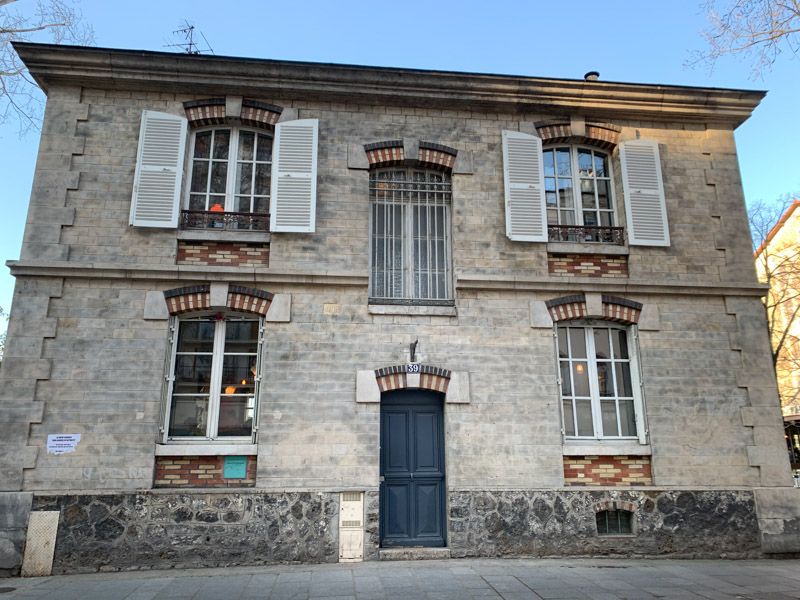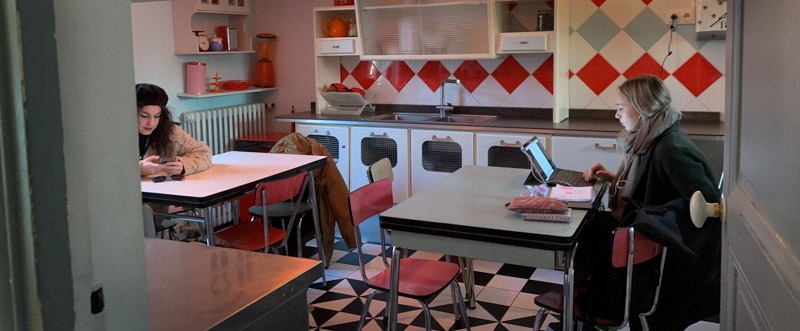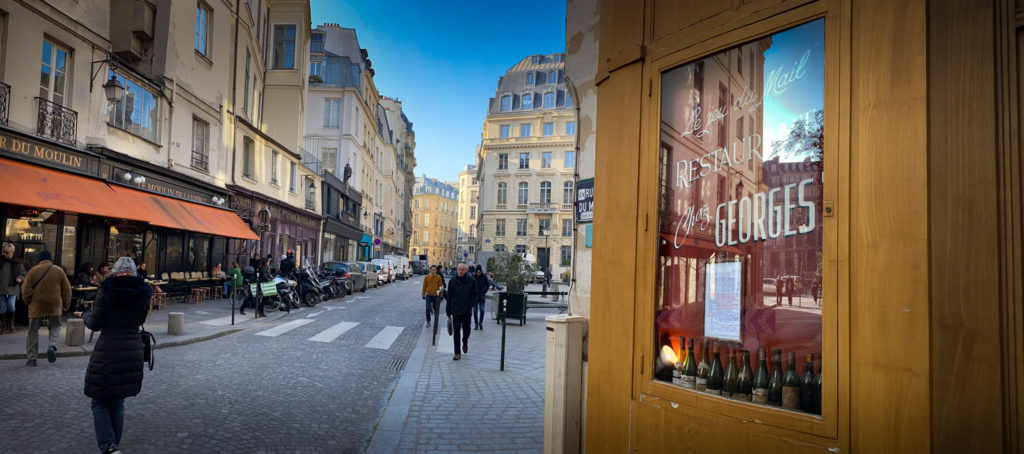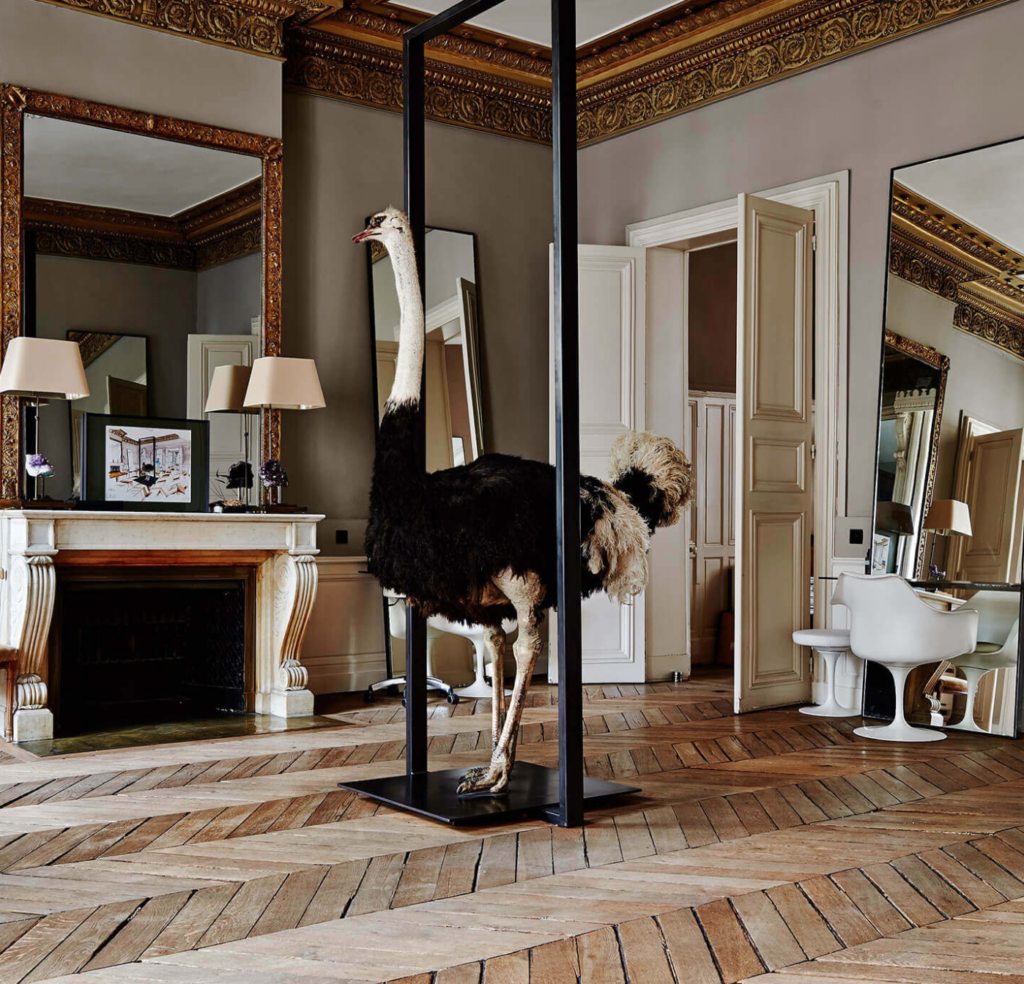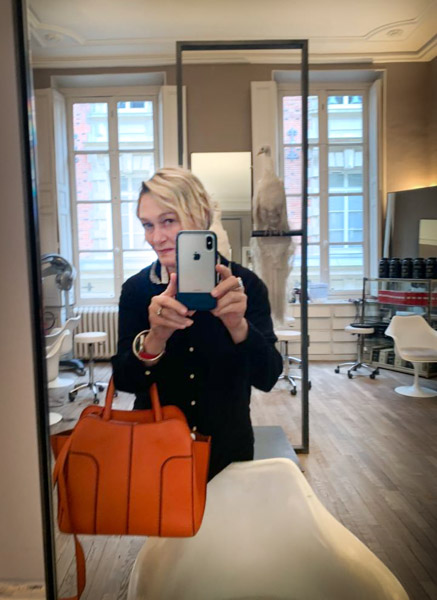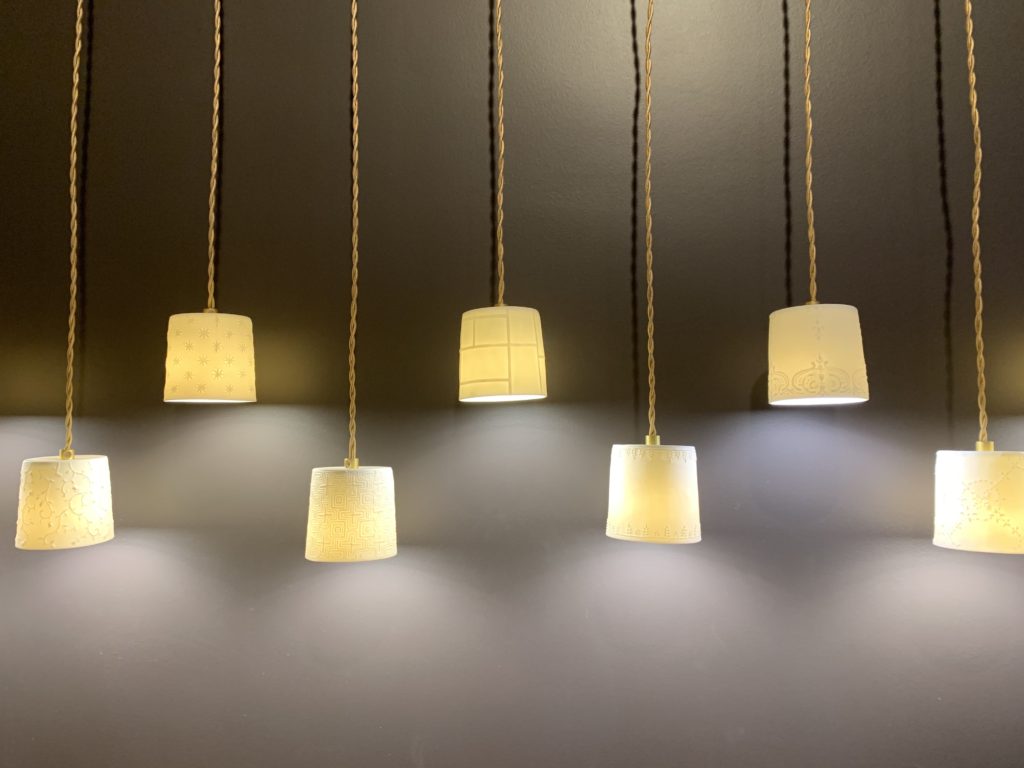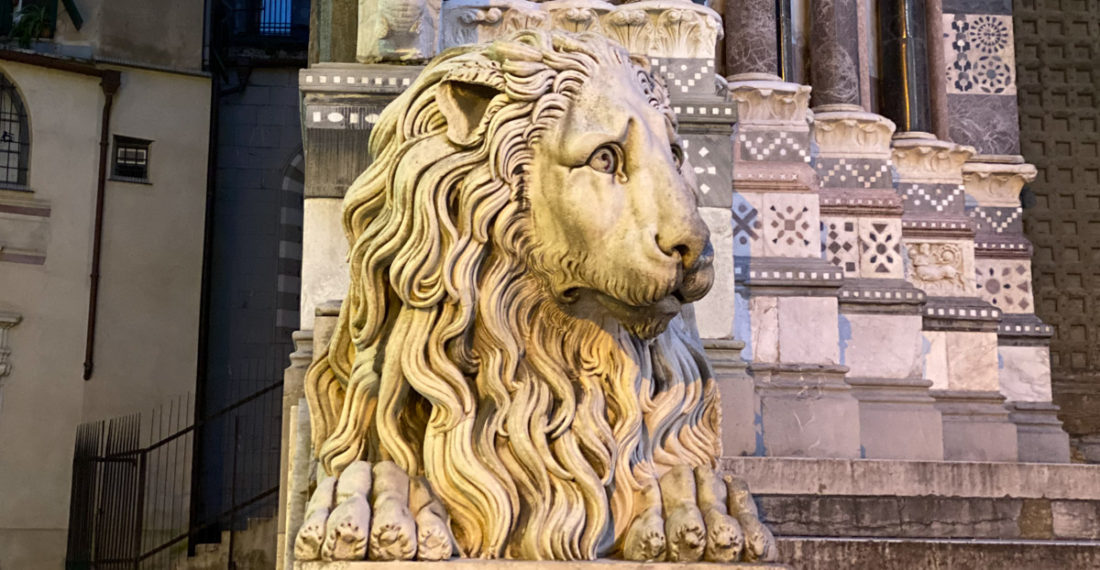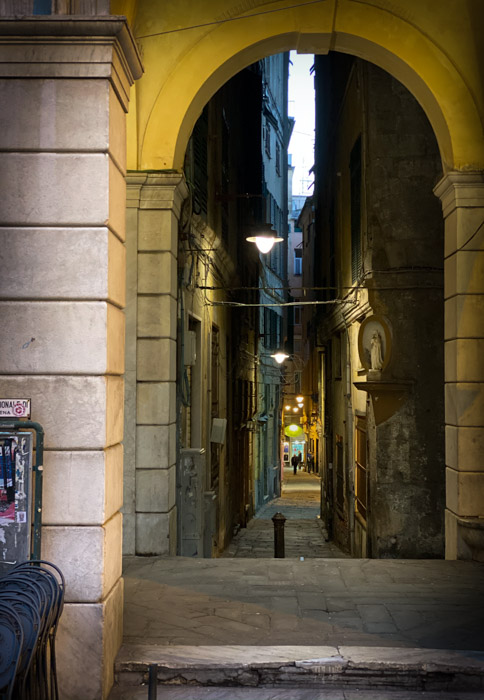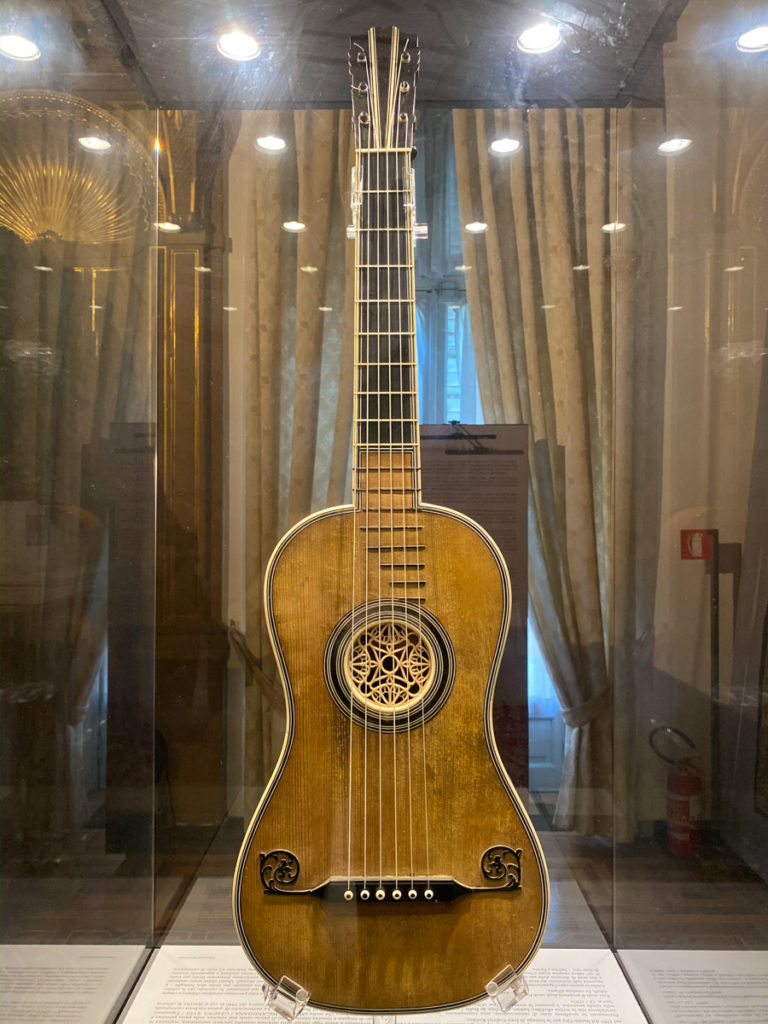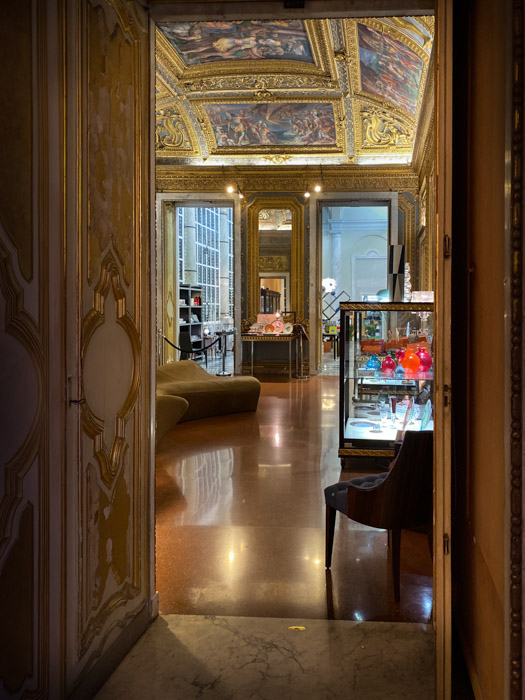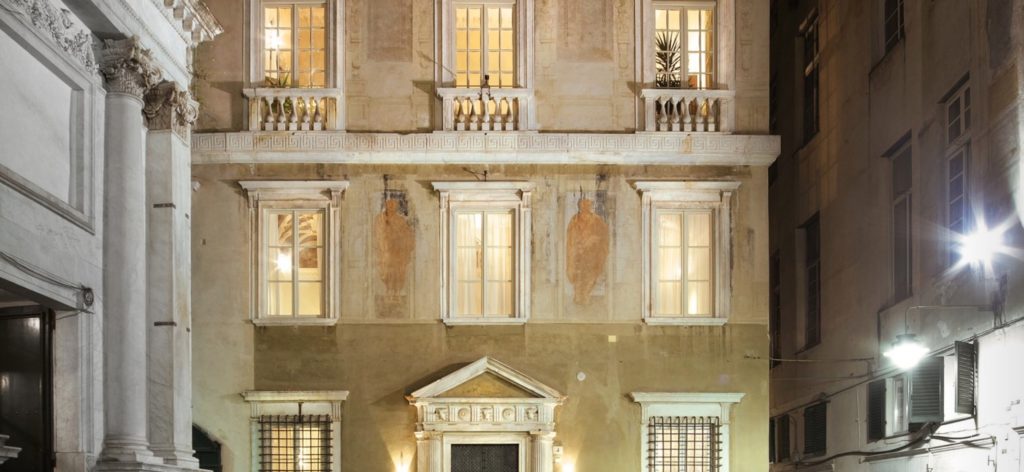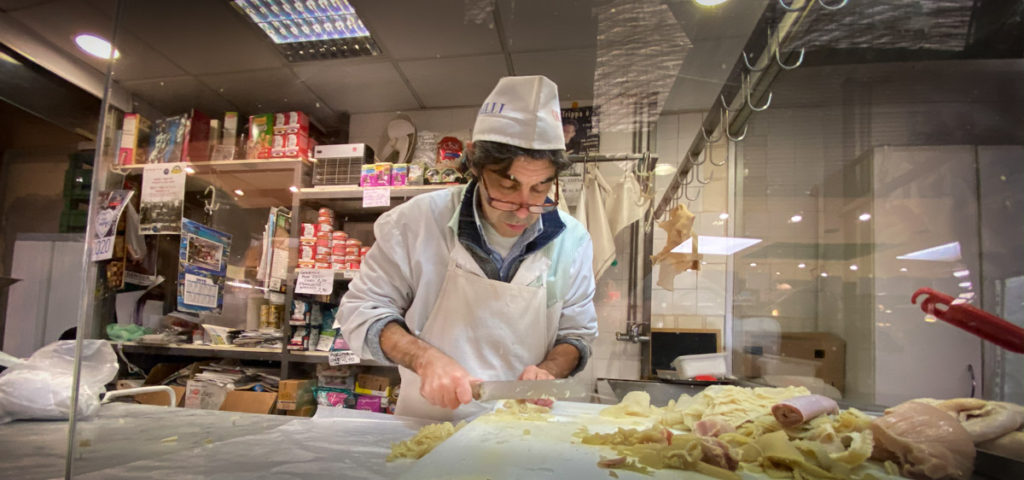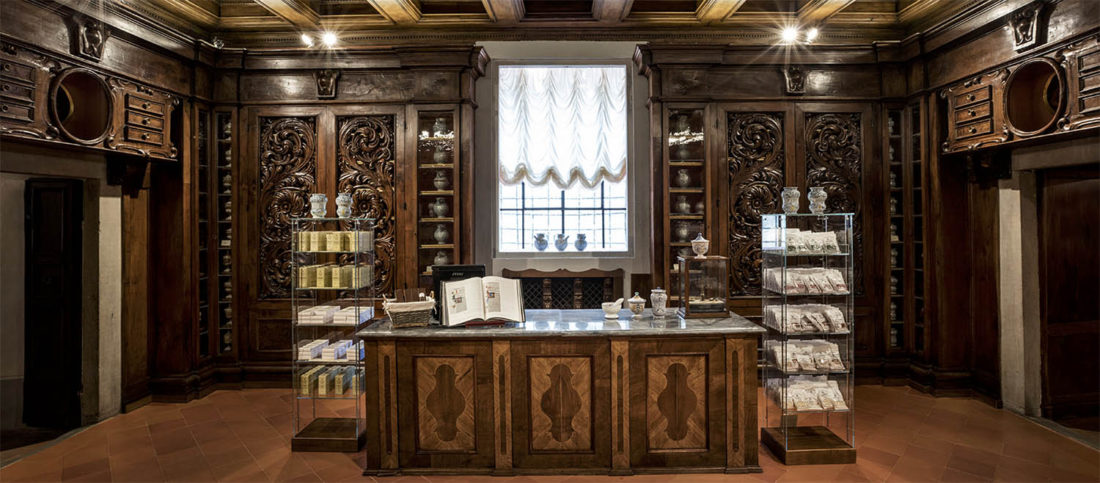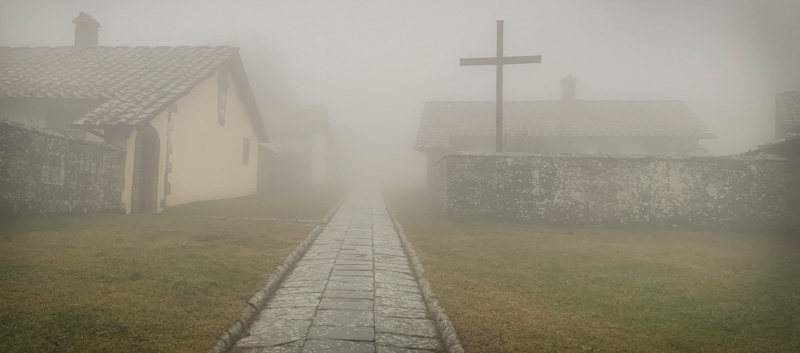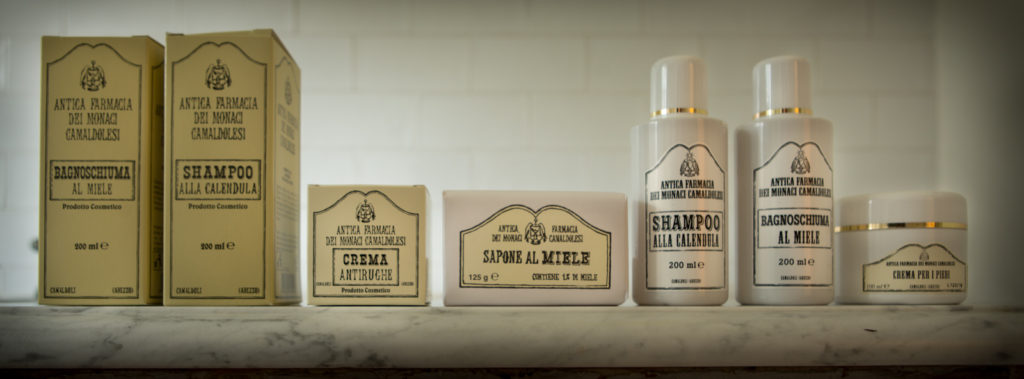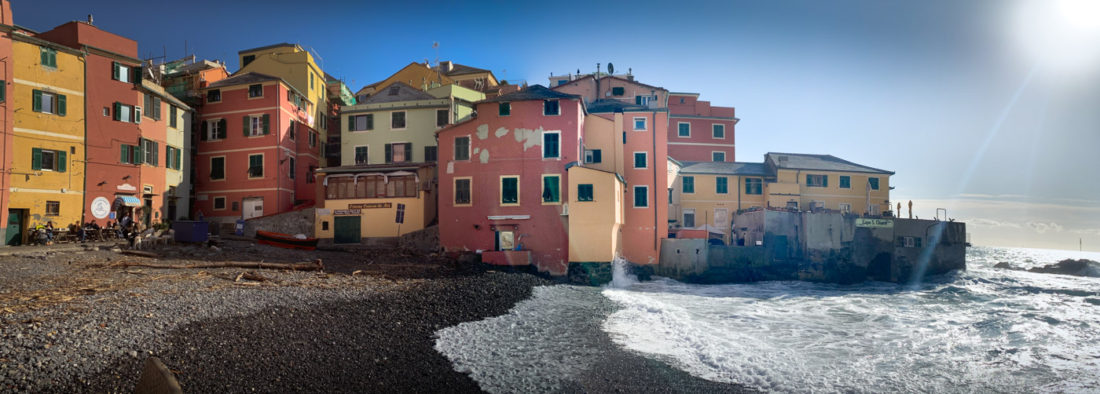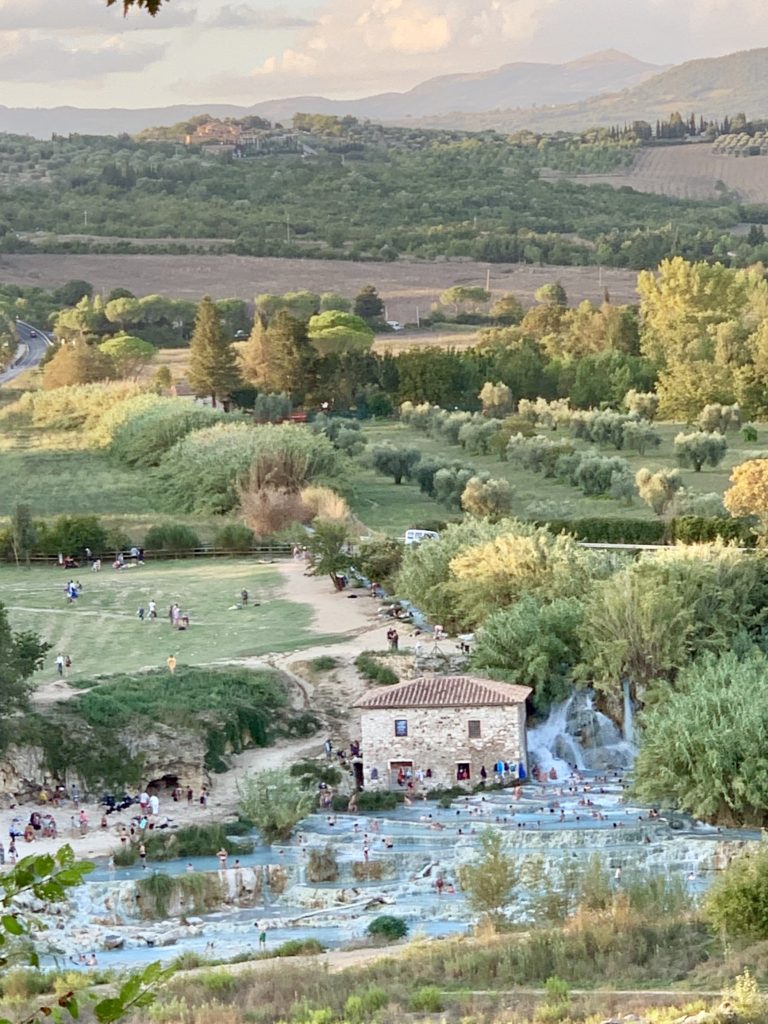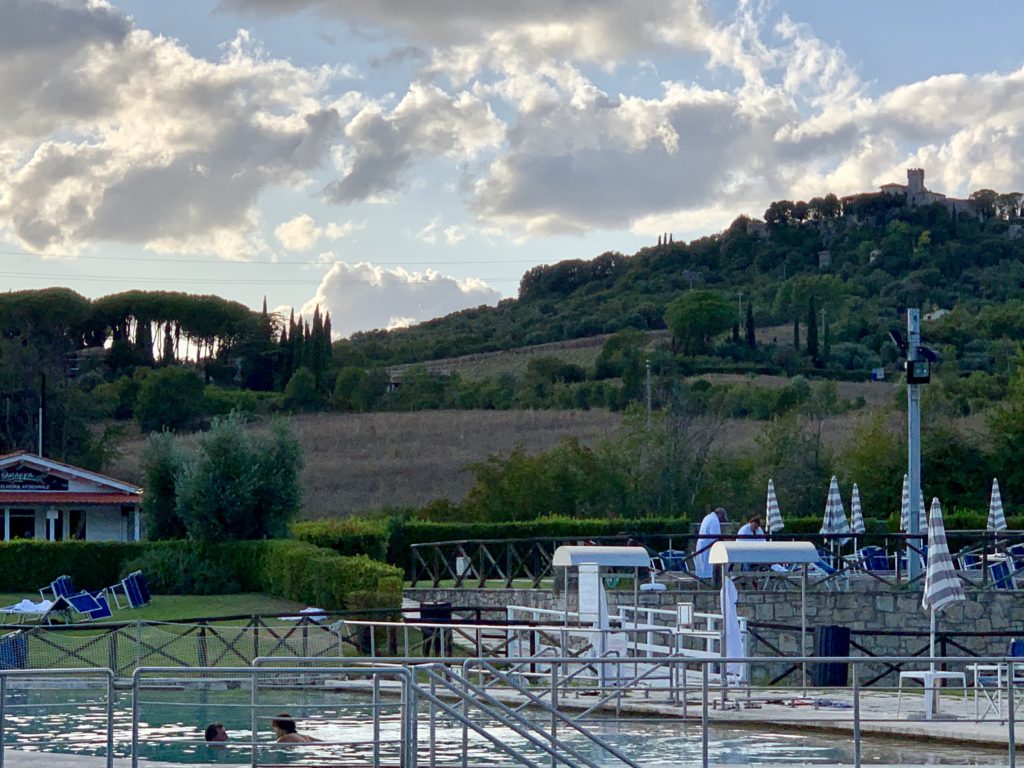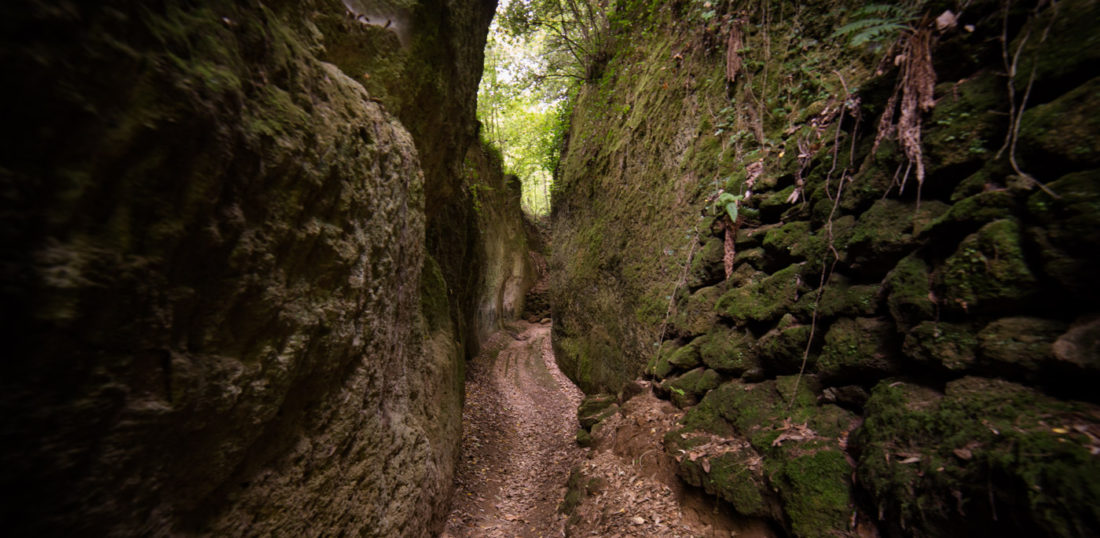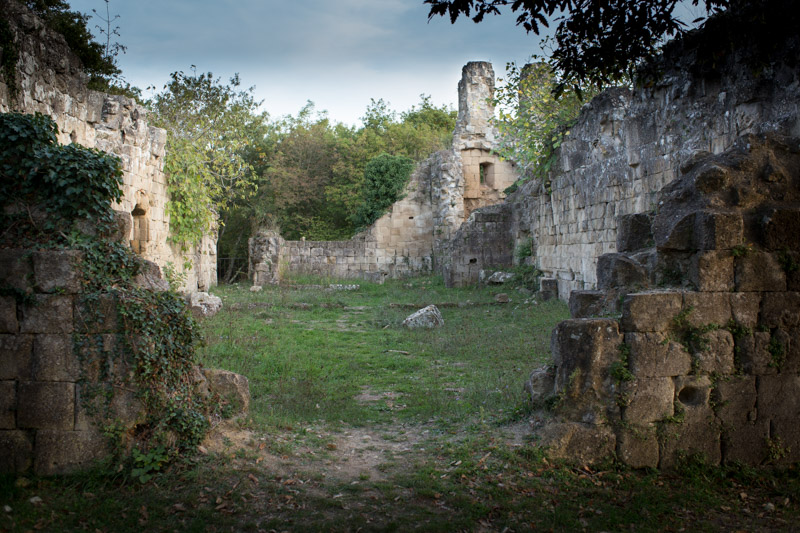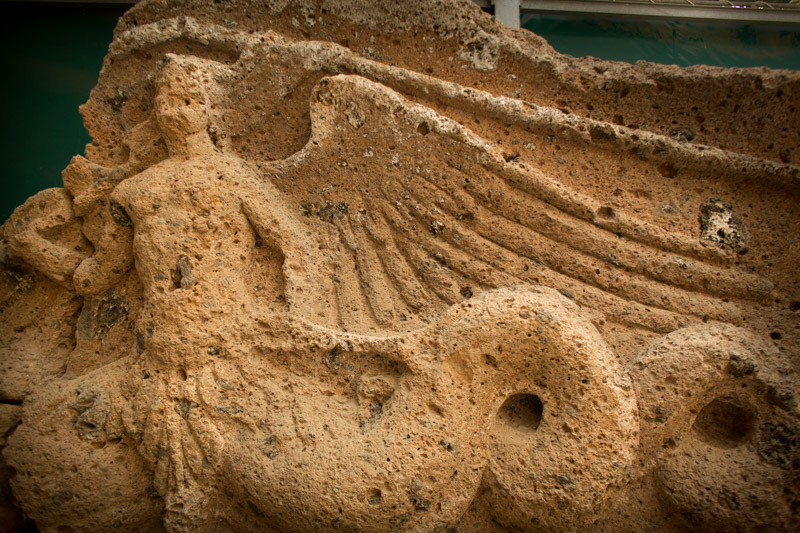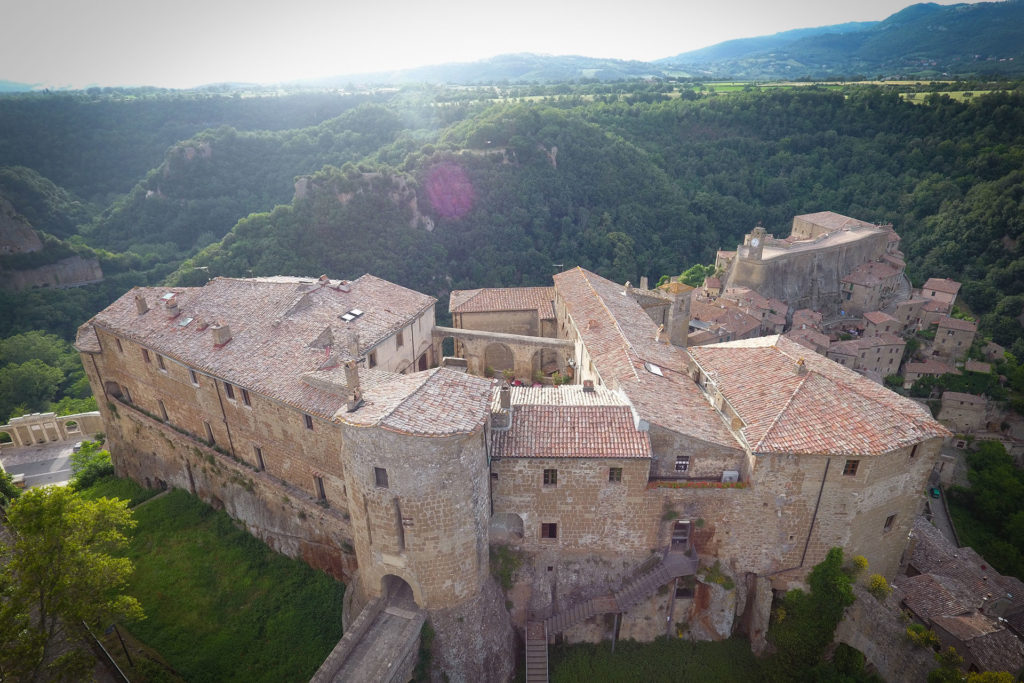The Venice I love
When we first moved to Italy several years ago we lived in Venice for six weeks in August and ended up loving it more than ever. Several of you have asked for Venice advice so I thought it warranted a story. We love Venice, and feel protective of it, and want friends to experience the things that make it so special for us.
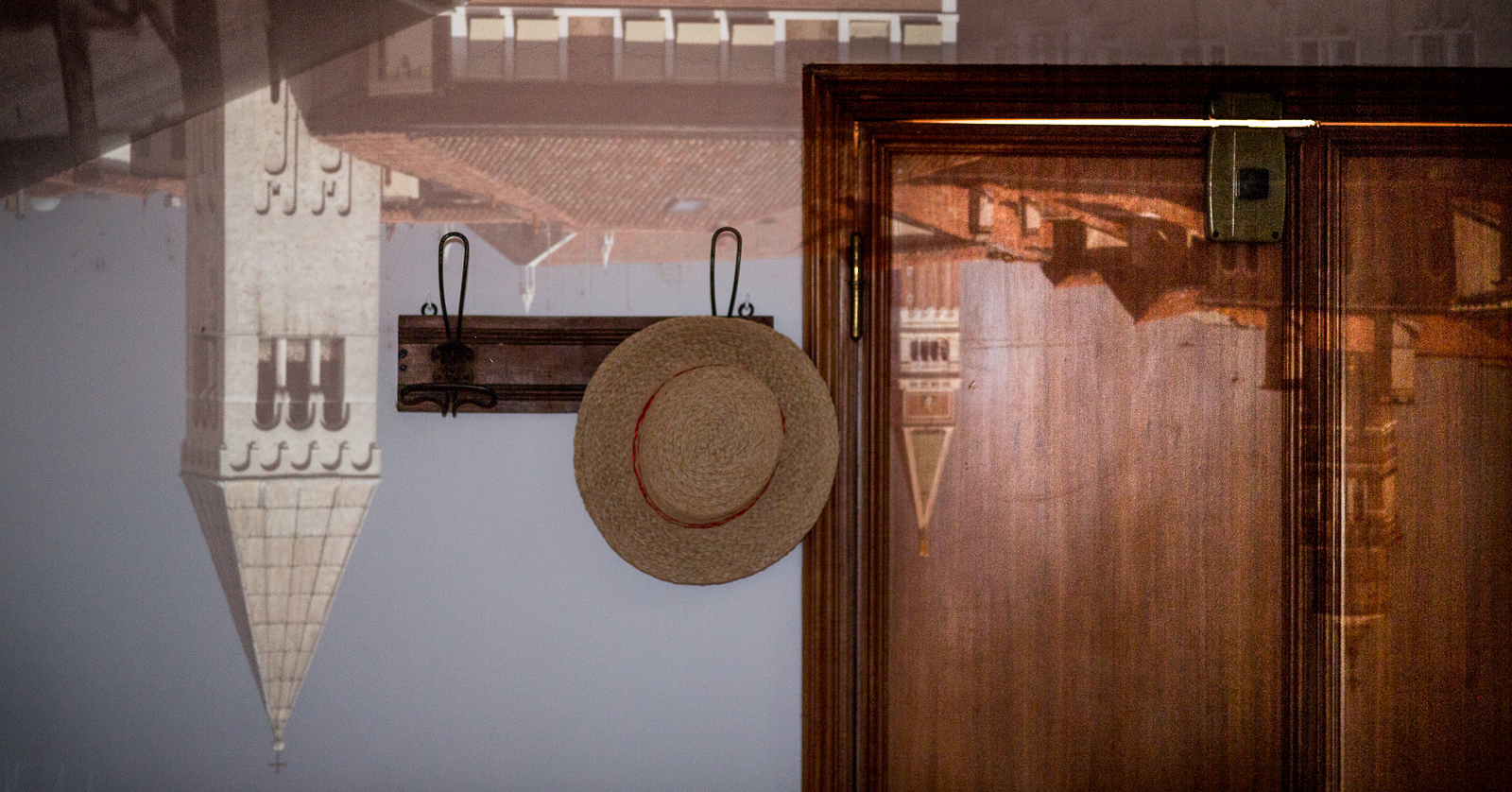
John rigged up a camera obscura in our rental apartment in Venice which projected our small view of the Grand Canal on our wall.
No umbrellas:
Groups of tourists following umbrella-equipped guides has to be a feature of the inner circle of Hell. One of the keys to enjoying Venice is never to be where these groups are. That means sticking to neighborhoods during the day and exploring anywhere near the Piazza San Marco only at night. Once you leave the Stazione-Rialto Bridge-Piazza San Marco superstrada of humanity you can get into neighborhoods and experience a whole different Venice. Piazza San Marco is ravishing at night, and it’s even worth it to splurge on the most expensive coffee you will ever have and sit at Caffè Florian at least once. The only time I’d recommend breaking the Piazza San Marco only-at-night rule is for the Secret Itineraries Tour at the Doge’s Palace, where you go into some special places in the Palace—including where Casanova was held prisoner, and inside the Bridge of Sighs. (If you book through the museum it’s half the price of doing it through a private tour, but places fill up fast.)

Our hood:
We love the Dorsoduro area near the Accademia museum. With quiet streets, interesting stores, and cafes and restaurants that have more locals it was an easy place for us to feel at home and we’ve returned many times. We lived near Campo San Barnabas and Campo Santa Margherita, both of which are lovely places to linger. There’s a university right by Campo Santa Margherita so it has a nice student vibe in addition to the local families with kids playing soccer.
Campo Santa Margherita:
—Caffè Rosso (photo above) on Campo Santa Margherita—no formal name, just a red painted facade with white “Caffe” painted over the door. It’s my favorite place to have a Spritz (the classic Venetian cocktail with Aperol, soda water, and prosecco) in the afternoon.
—As you face Caffe Rosso, several doors to the left, there is a place with a floor lamp placed outside, and a little white dog, called Osteria alla Bifora. The space is beautiful with ancient beams and it has a nice selection of simple things to eat. The tagliere (literally “cutting board”) of prosciutto, salumi, and cheese was our dinner many a night.
—Pizza Volo is great, and take out only, if you are in the mood to get a slice and sit in the piazza.
Campo San Barnaba:
— In Campo San Barnaba, there’s a little street that leads off the square called Calle Lunga San Barnaba which has several of our favorite restaurants. A famous one, 4 Feri just went out of business due to Covid and a rent dispute, but fortunately the next door restaurant, La Bitta, another of our favorites, is still going strong. A dessert that we make often—an amazing spice cake with hints of pepper, red wine, paprika, and cumin—is from this restaurant and the owner gave us the recipe.
— Ai Casin dei Nobili is good for pizza. They have a retractable roof over one of their dining rooms that is lovely on a hot evening. There’s also a branch on the Zattere.
— GROM ice cream on Campo Santa Barnaba is a chain, but really, really good.
—Between Campo Santa Margherita and Campo San Barnaba you pass over a canal on the Ponte dei Pugni, or ”Bridge of Fists.” They used to have fist fights between the youths of the two islands, 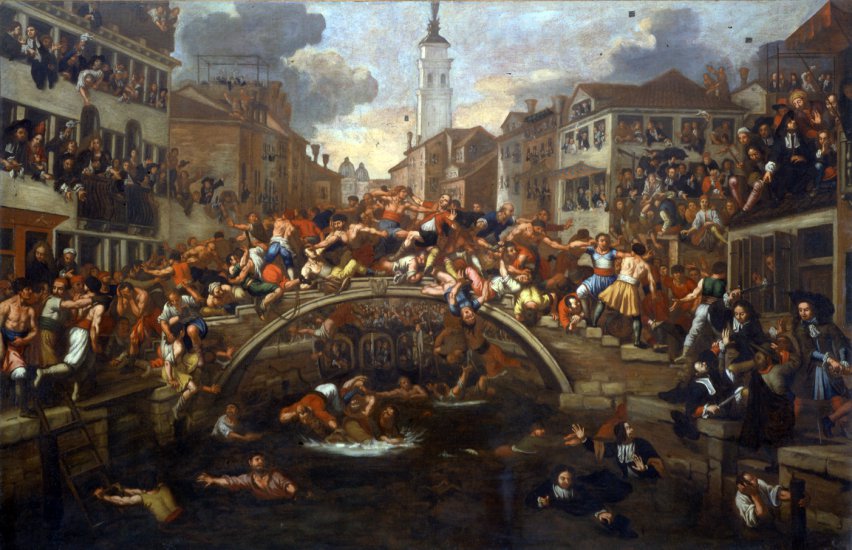 outlawed in 1705, because of the injuries and fatalities.
outlawed in 1705, because of the injuries and fatalities.
—Here’s an extra credit, super great spot, if you can find it. If you cross the bridge slightly down from the entrance to Ai Casin dei Nobili, find the Calle dei Cherieri, and take it all the way to the end you’ll be on a dock on the Grand Canal, right at water level. I think it’s the most intimate view of the Grand Canal in Venice and a great place for a picnic.
Accademia:
—As you head back toward Accademia you need to find Ponte San Trovaso and Cantinone Gia Schiavi. It is one of the most famous places for bacari, also known as cicchetti, which are small, seasonal, freshly-made bar snacks and a large selection of wines by the glass, and grappa. Go around dusk when everybody gets a drink and cicchetti and hangs around outside. Alessandra, the mom, runs the place with her four sons. (This place just headlined a recent New York Times article. The other suggestions for cicchetti in the article look promising to investigate on my next trip.) There’s a boat yard opposite which is one of the last remaining gondola repair yards in Venice, which will be the topic of a future Itch.
Markets:
—I hate the crowds right by the Rialto bridge, but the outdoor market is invaluable for cooking in an apartment kitchen or provisioning a picnic. There are some high-end food stores in the area. Also, the produce boat parked at Ponte dei Pugni has a great selection.
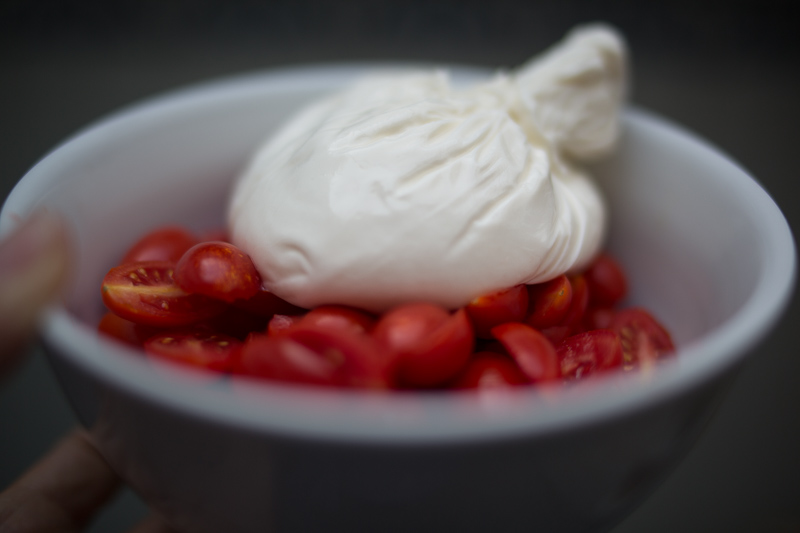
I loved this lunch straight from the Rialto market.
Other parts of Venice, and islands:
—To go far off the tourist path take a vaporetto (line 12) to Torcello, the first of the inhabited islands of the Venetian lagoon. (Founded in 452—after Attila the Hun razed mainland villages. Most people left for other islands in the 1300s after malaria got too bad on Torcello.) There’s an inn and restaurant called Locanda Cipriani that is a fabulous destination for lunch. It was started by the founder of Harry’s Bar in 1935 and has been run by the family ever since. Ernest Hemingway lived there for a season while he wrote Across the River and Into the Trees. It’s a haunting, gorgeous, nearly deserted island with a beautiful “cathedral” from 639 with some lovely mosaics.
—The Jewish ghetto is interesting and there’s a famous Jewish restaurant Gam Gam. You can even get a table outside and eat right on the Canal Cannaregio. The streets in back of it are a quiet and haunting place to get lost.
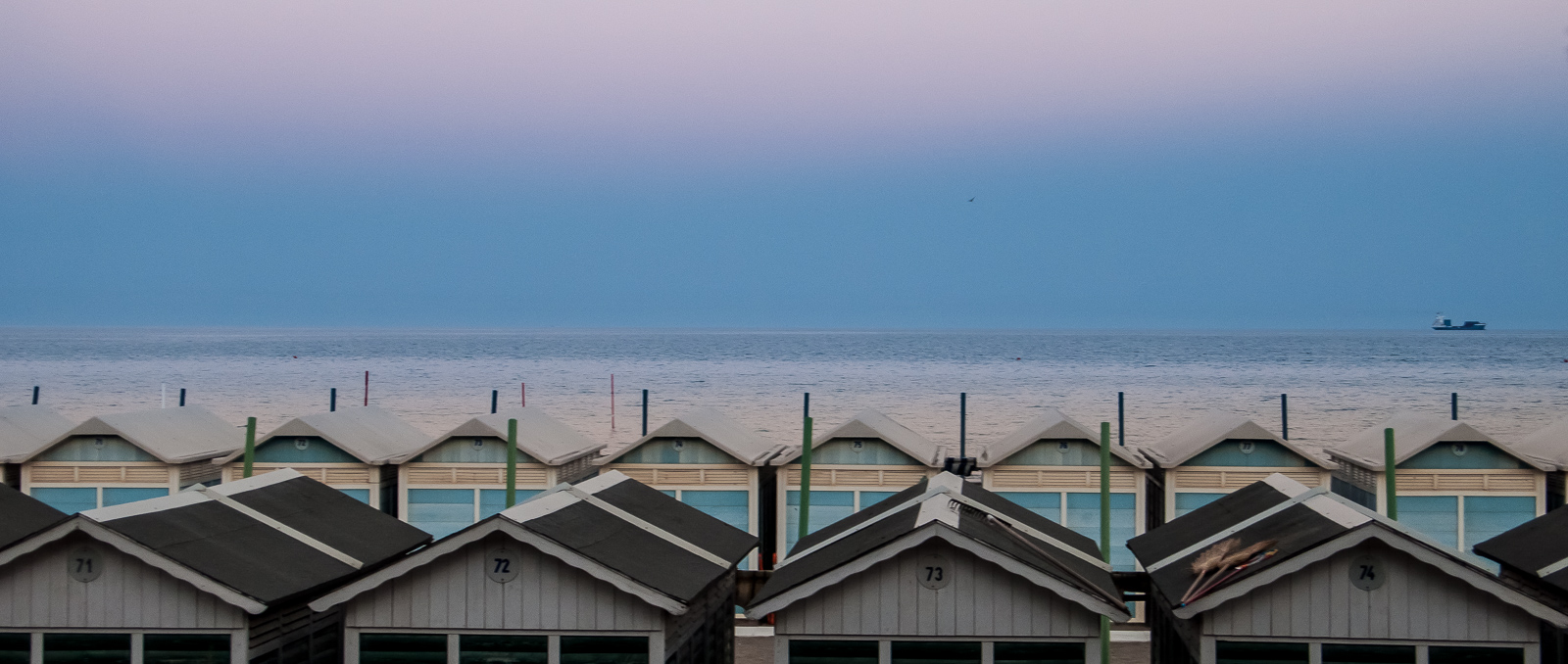
— The Lido. Late one summer afternoon we decided to go for a swim and headed to the Lido. Very Italian scene—the beach is totally occupied by beach clubs with small bathing huts and chairs. Groups of families rent the same cabanas year after year, share the cost, and invite dozens of relatives and friends, so the beach was so crowded with towels, chairs, and people that we could hardly make our way to the water. We started swimming and by the time we turned around an hour later we were shocked to discover that the beach was empty. It was after 6pm and there is obviously an unspoken rule not to be on the beach after 6. That’s where we also started to notice that Italians love to do things in packs. Why go anywhere alone when you can go with a crowd?
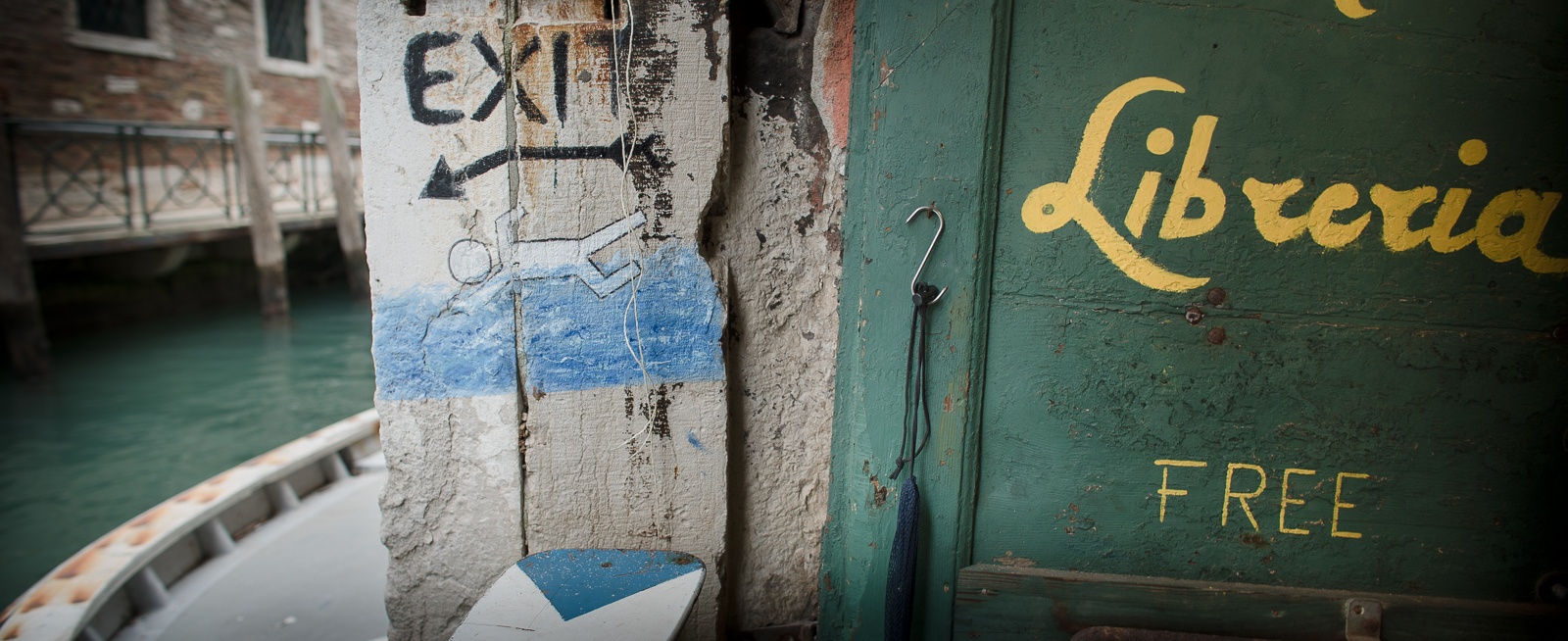
—The Libreria Acqua Alta bookstore has ended up on a lot of “most beautiful bookstores in the world” lists on social media, but it is worth seeing in person if you love books. Plus, when we were there one of its fabulous cats was standing guard over an honest-to-GodREAD MORE


